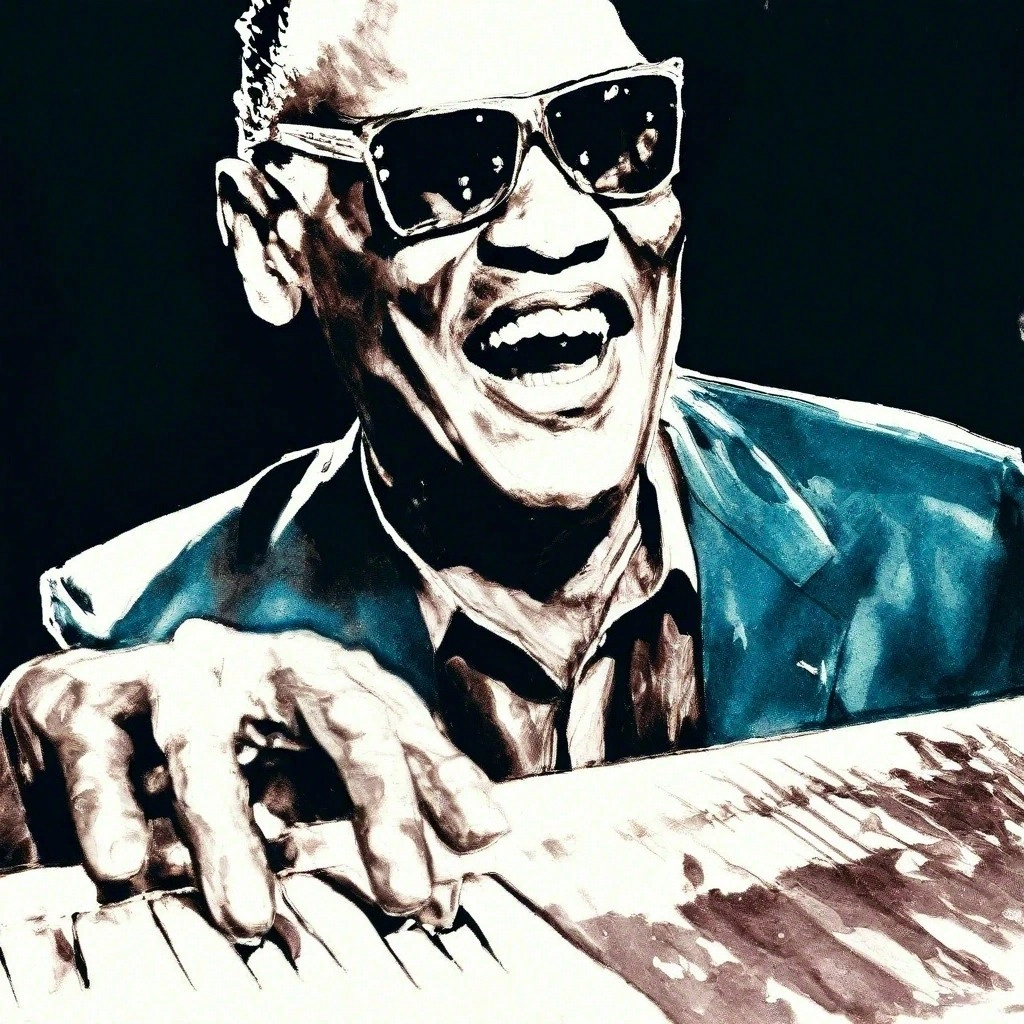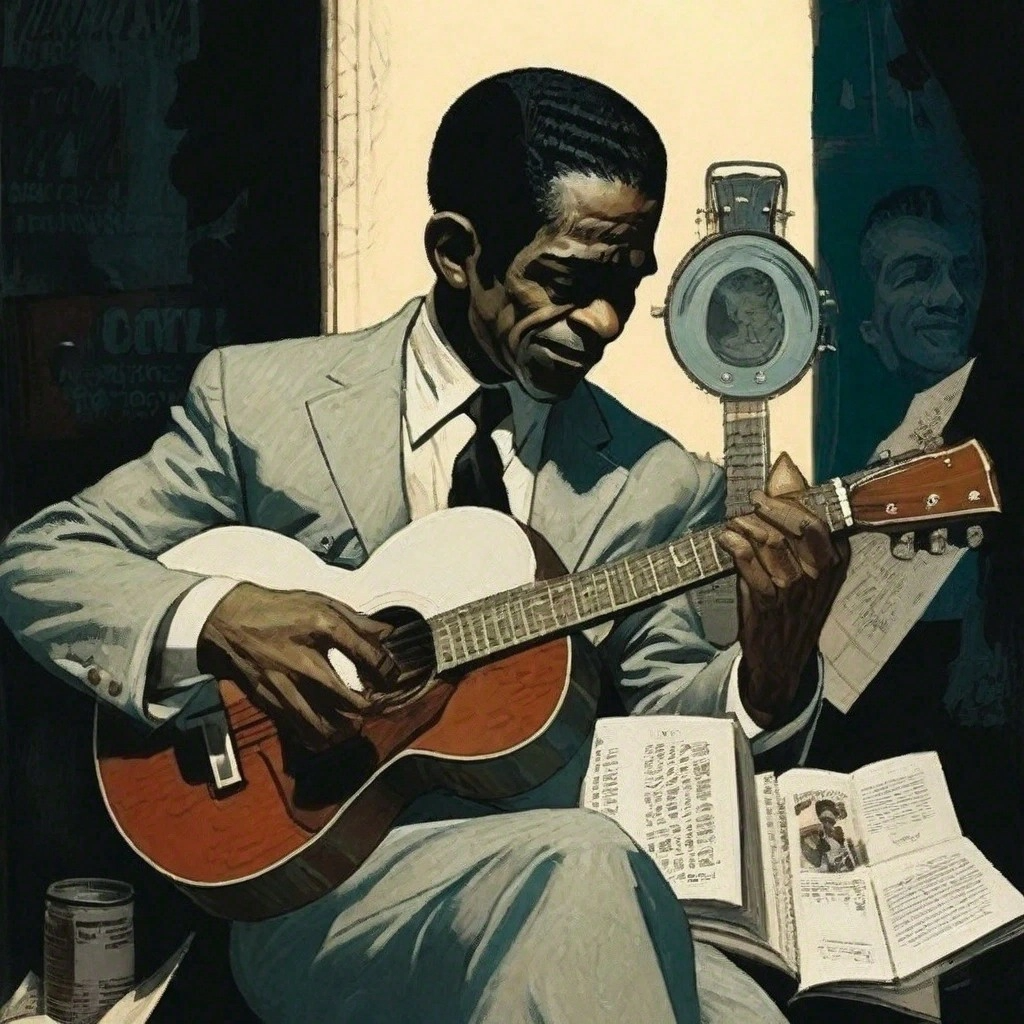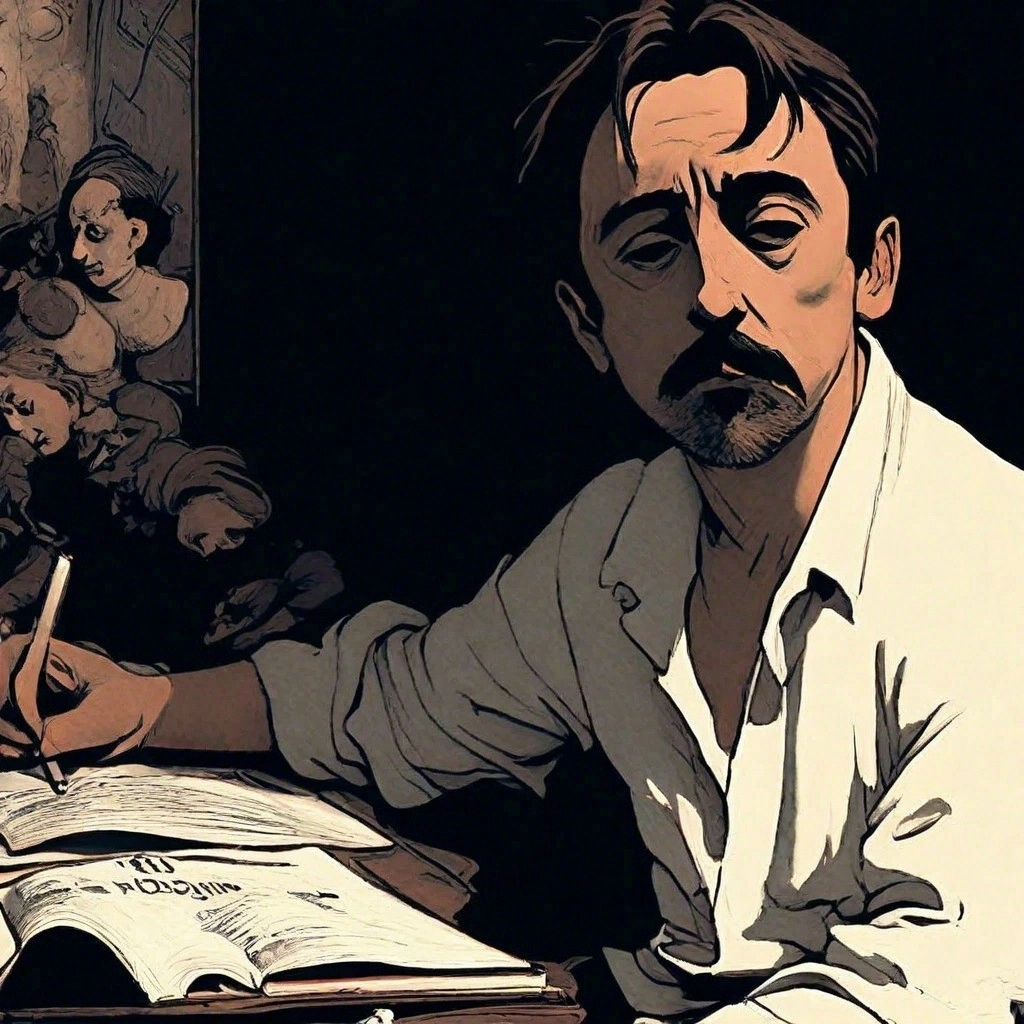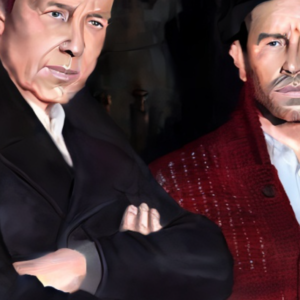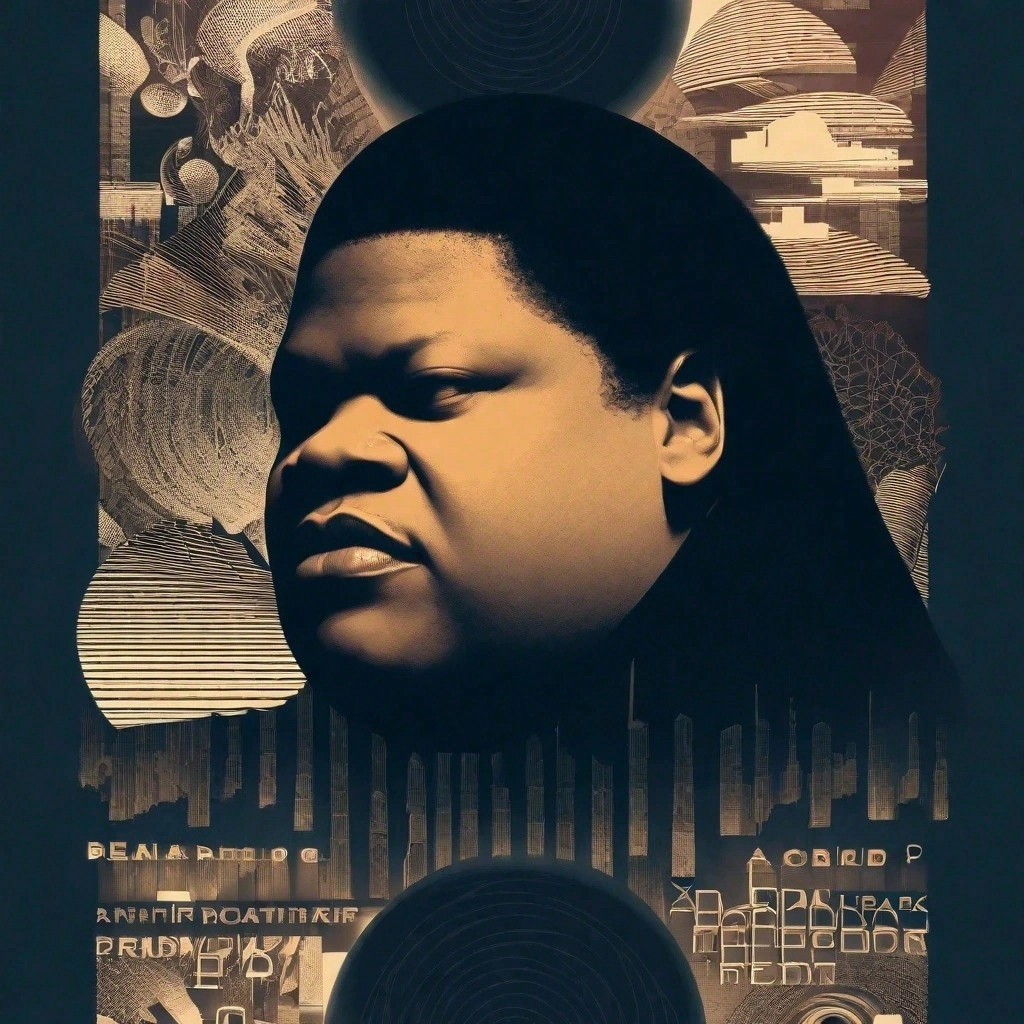Introduction
Ray Charles, an iconic figure in the realm of American music, transcended genres and boundaries to become one of the most influential musicians of the 20th century. Born on September 23, 1930, in Albany, Georgia, Ray Charles Robinson overcame significant obstacles to leave an indelible mark on the music world. His innovative fusion of gospel, rhythm and blues, soul, and jazz created a distinctive sound that resonated with audiences worldwide.
Ray Charles’ early life was marked by adversity. At the age of seven, he tragically lost his eyesight due to glaucoma, a condition that would shape his perspective on life and inform his music. Despite this immense challenge, Charles possessed an unwavering determination and an innate musical talent that would propel him to greatness.
From his humble beginnings in the segregated South to his meteoric rise to fame, Ray Charles’ journey is a testament to the power of perseverance and the transformative nature of music. Throughout his illustrious career, he not only entertained audiences with his soulful voice and virtuosic piano skills but also challenged societal norms and broke down racial barriers.
In this article, we will delve into the life and legacy of Ray Charles, exploring the key moments that shaped his career, his musical influences, and his enduring impact on the world of music. From his early years honing his craft in Florida to his groundbreaking recordings and legendary live performances, Ray Charles’ story is one of triumph, resilience, and unparalleled talent. Join us as we celebrate the life and music of the incomparable Ray Charles.
Early Years and Influences
Ray Charles’ formative years were marked by both hardship and musical discovery. Born into poverty in Albany, Georgia, on September 23, 1930, Ray Charles Robinson was the son of Aretha and Bailey Robinson. Tragically, Charles experienced profound loss at a young age with the death of his younger brother, George, and the eventual separation of his parents. These early challenges instilled in Charles a sense of resilience and independence that would serve him well throughout his life.
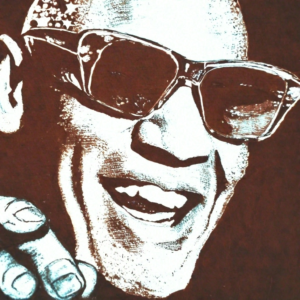 At the age of five, Charles began to lose his eyesight due to glaucoma, ultimately becoming completely blind by the age of seven. Despite this profound setback, Charles’ mother encouraged him to pursue his passion for music. She enrolled him in the Florida School for the Deaf and the Blind in St. Augustine, where he received formal musical training and honed his natural talent for singing and playing the piano.
At the age of five, Charles began to lose his eyesight due to glaucoma, ultimately becoming completely blind by the age of seven. Despite this profound setback, Charles’ mother encouraged him to pursue his passion for music. She enrolled him in the Florida School for the Deaf and the Blind in St. Augustine, where he received formal musical training and honed his natural talent for singing and playing the piano.
It was during his time at the Florida School for the Deaf and the Blind that Ray Charles was exposed to a diverse array of musical styles, including gospel, blues, and jazz. He quickly developed a deep appreciation for these genres and began to experiment with blending their elements to create his own unique sound. Influenced by artists such as Nat King Cole, Charles Brown, and Louis Jordan, Charles forged his own musical identity, drawing from the rich tapestry of African American musical traditions.
After completing his education at the Florida School for the Deaf and the Blind, Charles set out to pursue a career in music. He began performing in small clubs and juke joints throughout Florida, honing his skills as a musician and captivating audiences with his soulful voice and dynamic piano playing. It was during this time that he adopted the stage name “Ray Charles,” a tribute to the influential country singer, Ray Charles Robinson.
Ray Charles’ early experiences performing in the racially segregated South exposed him to the harsh realities of discrimination and prejudice. Despite facing adversity at every turn, Charles remained steadfast in his commitment to music, using his talent as a means of transcending the social barriers that sought to confine him. His experiences navigating the complexities of race and identity would profoundly influence his music, imbuing it with a sense of authenticity and emotional depth.
In the next section, we will explore Ray Charles’ artistic evolution and the development of his distinctive musical style. From his early recordings to his groundbreaking innovations, Charles’ journey is a testament to the power of perseverance and the transformative potential of music.
Artistic Evolution and Musical Identity
Ray Charles’ artistic evolution and musical identity underwent a remarkable transformation as he navigated the ever-changing landscape of American popular music. Drawing inspiration from a diverse array of genres and musical traditions, Charles pioneered a distinctive sound that defied categorization and transcended traditional boundaries. From his early recordings in the 1950s to his groundbreaking innovations in the 1960s and beyond, Ray Charles continually pushed the boundaries of artistic expression and redefined the possibilities of popular music.
In the early stages of his career, Ray Charles emerged as a gifted interpreter of rhythm and blues and gospel music. Influenced by the raw emotion and spiritual intensity of gospel music, Charles infused his performances with a soulfulness and depth that resonated with audiences on a profound level. His impassioned vocals and dynamic piano playing captivated listeners, earning him widespread acclaim and establishing him as a rising star in the music industry.
As Charles’ career progressed, he began to explore new avenues of musical expression, incorporating elements of jazz, blues, and country into his repertoire. His groundbreaking recordings for Atlantic Records in the 1950s, including hits like “I Got a Woman” and “What’d I Say,” showcased his innovative approach to blending genres and pushing the boundaries of traditional song structures. Charles’ pioneering use of gospel-inspired call-and-response vocals, coupled with infectious rhythms and inventive arrangements, set him apart as a visionary artist ahead of his time.
In the 1960s, Ray Charles embarked on a series of ambitious projects that further solidified his reputation as a musical trailblazer. His groundbreaking album “Modern Sounds in Country and Western Music,” released in 1962, saw Charles reinterpreting classic country songs through the lens of rhythm and blues and soul, thereby bridging the gap between disparate musical traditions. The album’s commercial success and critical acclaim cemented Charles’ status as a crossover artist capable of appealing to diverse audiences while challenging conventional notions of genre and identity.
Throughout his career, Ray Charles remained committed to pushing the boundaries of his artistry and exploring new avenues of creativity. His willingness to experiment with different musical styles and collaborate with artists from various backgrounds exemplified his adventurous spirit and insatiable curiosity. Whether performing soulful ballads, swinging jazz standards, or gritty blues numbers, Charles approached each song with a sense of authenticity and emotional honesty that endeared him to millions of fans around the world.
In the next section, we will examine Ray Charles’ career milestones and achievements, highlighting the pivotal moments that shaped his legacy as one of the most influential musicians of the 20th century. From his chart-topping hits to his groundbreaking collaborations, Charles’ impact on the world of music is undeniable, leaving an enduring legacy that continues to inspire generations of artists and listeners alike.
Career Milestones and Achievements
Ray Charles’ illustrious career was marked by a series of groundbreaking achievements and iconic milestones that solidified his status as one of the most influential musicians of the 20th century. From chart-topping hits to groundbreaking innovations, Charles’ remarkable journey shaped the landscape of American popular music and left an indelible mark on generations of artists and listeners alike.
One of Ray Charles’ earliest career milestones came in 1954 with the release of his debut album, “Ray Charles Sings,” which featured a collection of rhythm and blues and jazz standards. The album garnered critical acclaim and established Charles as a rising star in the music industry. His dynamic performances and soulful interpretations of classic songs earned him widespread recognition and laid the foundation for his future success.
In 1955, Ray Charles scored his first major hit with the release of “I Got a Woman,” a groundbreaking recording that fused elements of gospel, rhythm and blues, and jazz into a single electrifying track. The song’s infectious groove and Charles’ impassioned vocals propelled it to the top of the charts, marking a turning point in his career and paving the way for future crossover success.
Throughout the late 1950s and early 1960s, Ray Charles continued to dominate the charts with a string of hit singles and acclaimed albums. His innovative approach to blending genres and pushing the boundaries of traditional song structures captivated audiences and earned him a reputation as a musical trailblazer. Songs like “What’d I Say,” “Georgia on My Mind,” and “Hit the Road Jack” became iconic anthems of the era, showcasing Charles’ unparalleled talent and versatility as a performer and songwriter.
In 1962, Ray Charles achieved another career milestone with the release of his landmark album, “Modern Sounds in Country and Western Music.” The album, which featured Charles’ soulful interpretations of classic country songs, shattered racial barriers and challenged conventional notions of genre and identity. Tracks like “I Can’t Stop Loving You” and “You Don’t Know Me” became instant classics, earning Charles widespread acclaim and commercial success.
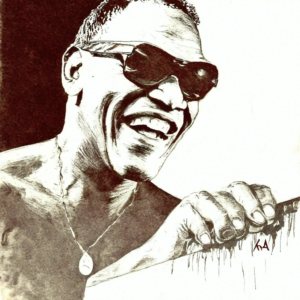 Throughout the 1960s and 1970s, Ray Charles continued to push the boundaries of his artistry, exploring new musical styles and collaborating with artists from diverse backgrounds. His groundbreaking fusion of soul, jazz, blues, and country inspired countless musicians and helped shape the sound of American popular music for decades to come.
Throughout the 1960s and 1970s, Ray Charles continued to push the boundaries of his artistry, exploring new musical styles and collaborating with artists from diverse backgrounds. His groundbreaking fusion of soul, jazz, blues, and country inspired countless musicians and helped shape the sound of American popular music for decades to come.
In addition to his musical achievements, Ray Charles was also a trailblazer for social change, using his platform to advocate for civil rights and equality. His activism and philanthropy endeared him to fans around the world and cemented his legacy as not only a musical icon but also a champion of social justice.
In the next section, we will explore Ray Charles’ social and cultural impact, examining his role as a pioneering artist and advocate for change. From his contributions to the civil rights movement to his enduring influence on popular culture, Charles’ legacy extends far beyond the realm of music, leaving an indelible mark on the world at large.
Social and Cultural Impact
Ray Charles’ influence extended far beyond the realm of music, making a profound impact on society and culture at large. As a pioneering artist and advocate for social change, Charles used his platform to challenge racial barriers, promote equality, and inspire generations of listeners around the world. Through his music and activism, he became a symbol of resilience, empowerment, and the transformative power of art.
One of Ray Charles’ most significant contributions to social change was his role in breaking down racial barriers in the music industry. At a time when segregation and discrimination were rampant, Charles’ groundbreaking crossover success challenged the status quo and paved the way for future generations of African American artists. His ability to appeal to diverse audiences regardless of race or background helped to foster greater understanding and acceptance in an era of profound social change.
Ray Charles’ activism extended beyond the realm of music, as he used his platform to advocate for civil rights and equality. In the 1960s, Charles refused to perform in segregated venues, risking his career and livelihood to stand up for what he believed in. His bold stance against racial injustice inspired others to join the fight for equality and helped to galvanize support for the civil rights movement.
Charles’ commitment to social change was further exemplified by his philanthropic endeavors and community outreach efforts. He established the Robinson Foundation for Hearing Disorders, which provided support and resources for individuals with hearing impairments, a cause that was personal to him as a blind musician. Additionally, Charles was actively involved in charitable initiatives aimed at supporting education, healthcare, and the arts in underserved communities.
In addition to his advocacy work, Ray Charles’ music served as a powerful tool for social commentary and reflection. Through songs like “What’d I Say,” “Georgia on My Mind,” and “America the Beautiful,” Charles addressed themes of love, loss, hope, and resilience, offering a voice of solace and inspiration to listeners around the world. His ability to capture the complexities of the human experience through his soulful voice and emotive performances resonated deeply with audiences of all backgrounds, transcending linguistic, cultural, and geographic boundaries.
Ray Charles’ enduring legacy as a cultural icon and trailblazer for social change continues to inspire and empower people today. His music remains a timeless reminder of the power of art to transcend divisions, unite communities, and ignite positive social change. As we reflect on his life and legacy, we are reminded of the profound impact that one individual can have on the world through passion, perseverance, and a commitment to justice and equality.
Personal Life: Behind the Scenes
Behind Ray Charles’ towering musical legacy lies a complex and deeply personal story marked by triumphs, challenges, and moments of profound introspection. Despite his larger-than-life persona on stage, Charles led a private life filled with struggles, victories, and moments of quiet reflection that shaped his identity as both an artist and a human being.
Central to Ray Charles’ personal narrative was his journey of self-discovery and acceptance. Born into poverty in the racially segregated South, Charles faced numerous obstacles from an early age, including the loss of his eyesight and the dissolution of his parents’ marriage. These early hardships instilled in Charles a sense of resilience and independence that would define his character and inform his music.
Throughout his life, Charles grappled with addiction, struggling with substance abuse issues that threatened to derail his career and personal life. Despite these challenges, he remained committed to his craft, using music as a means of coping with his inner demons and finding solace in moments of creativity and expression.
At the heart of Ray Charles’ personal life was his relationship with his family. Despite the upheaval of his childhood, Charles remained close to his mother, Aretha, who played a pivotal role in shaping his musical upbringing and instilling in him a love for gospel music. Charles’ bond with his mother remained a constant source of strength and inspiration throughout his life, providing him with a sense of grounding and stability amidst the turbulence of fame and fortune.
In 1955, Ray Charles married his first wife, Eileen Williams, with whom he had three children: Ray Jr., David, and Robert. Despite their initial happiness, the couple’s marriage was strained by Charles’ tumultuous lifestyle and infidelity, ultimately ending in divorce in 1952. Despite the dissolution of his marriage, Charles remained devoted to his children, striving to provide them with the love and support he never received as a child.
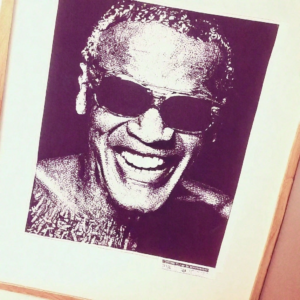
In 1959, tragedy struck when Charles’ five-year-old son, Ray Jr., drowned in the family’s swimming pool. The loss devastated Charles and profoundly impacted him both personally and professionally. Despite his grief, Charles found solace in his music, channeling his pain and sorrow into some of his most poignant and introspective recordings.
Throughout his life, Ray Charles remained fiercely private about his personal struggles, choosing to focus instead on his music and the impact it had on others. Despite the challenges he faced, Charles’ resilience, determination, and unwavering commitment to his craft left an indelible mark on the world of music and inspired countless artists and listeners around the world.
In the next section, we will explore Ray Charles’ extensive discography and creative works, examining the breadth and depth of his musical output and the enduring legacy of his artistic vision. From his groundbreaking recordings to his iconic live performances, Charles’ discography serves as a testament to his unparalleled talent and enduring influence on the world of music.
Discography and Creative Works
Ray Charles’ discography is a testament to his unparalleled talent, creativity, and innovation. Spanning over six decades, his extensive body of work encompasses a diverse array of musical styles and genres, ranging from rhythm and blues and soul to jazz, gospel, and country. With over 75 albums and countless singles to his name, Charles’ discography remains a towering achievement in the annals of American popular music.
One of Ray Charles’ most iconic albums is his 1959 masterpiece, “The Genius of Ray Charles.” This critically acclaimed album showcased Charles’ extraordinary vocal range and dynamic piano playing, featuring unforgettable renditions of classic songs such as “Let the Good Times Roll” and “Don’t Let the Sun Catch You Cryin’.” With its lush arrangements and soulful performances, “The Genius of Ray Charles” remains a timeless classic and a cornerstone of Charles’ discography.
In 1962, Ray Charles released “Modern Sounds in Country and Western Music,” a groundbreaking album that revolutionized the crossover between country and soul music. Featuring Charles’ soulful interpretations of classic country songs, including “I Can’t Stop Loving You” and “You Don’t Know Me,” the album shattered racial barriers and introduced a whole new audience to the sounds of country music. “Modern Sounds in Country and Western Music” remains one of Charles’ most commercially successful albums, earning widespread acclaim and cementing his legacy as a musical trailblazer.
Throughout the 1960s and 1970s, Ray Charles continued to explore new musical territories and push the boundaries of his artistry. Albums like “Ingredients in a Recipe for Soul” and “A Message from the People” showcased Charles’ versatility as a musician, featuring a diverse range of styles and influences. From soulful ballads to gritty blues numbers, Charles’ creative works captivated audiences and earned him a reputation as one of the most dynamic performers of his generation.
In addition to his studio recordings, Ray Charles was also renowned for his electrifying live performances. His legendary concerts at venues like the Newport Jazz Festival and the Montreux Jazz Festival showcased his unparalleled stage presence and improvisational prowess, earning him a legion of devoted fans around the world. Charles’ dynamic performances and charismatic persona made him a beloved figure in the world of live music, and his influence continues to resonate with audiences to this day.
In recognition of his extraordinary contributions to music, Ray Charles received numerous accolades and honors throughout his career, including multiple Grammy Awards, induction into the Rock and Roll Hall of Fame, and the prestigious Kennedy Center Honors. His enduring legacy as a pioneering artist and cultural icon continues to inspire generations of musicians and listeners around the world, ensuring that his creative works will be cherished for years to come.
In the final section of this article, we will reflect on Ray Charles’ enduring legacy and historical significance, examining the impact of his music and the lessons we can learn from his remarkable life and career. From his humble beginnings in the segregated South to his lasting influence on the world of music, Charles’ legacy is a testament to the transformative power of art and the enduring spirit of human creativity.
Enduring Legacy and Historical Significance
Ray Charles’ enduring legacy and historical significance are indelibly woven into the fabric of American popular music. As a pioneering artist and cultural icon, Charles’ impact transcends generations, leaving an indelible mark on the world of music and inspiring countless artists and listeners around the globe. From his innovative fusion of genres to his unwavering commitment to social justice, Charles’ legacy continues to resonate with audiences, ensuring that his influence will be felt for generations to come.
One of Ray Charles’ most enduring contributions to music was his groundbreaking fusion of rhythm and blues, gospel, jazz, and country, which laid the groundwork for the emergence of soul music as a distinct genre. By seamlessly blending disparate musical traditions and pushing the boundaries of artistic expression, Charles created a sound that was uniquely his own, paving the way for future generations of musicians to explore new avenues of creativity and innovation.
Beyond his musical innovations, Ray Charles’ legacy is also defined by his role as a trailblazer for social change. At a time when segregation and discrimination were rampant, Charles used his platform to advocate for civil rights and equality, challenging societal norms and breaking down racial barriers through his music and activism. His refusal to perform in segregated venues and his outspoken support for the civil rights movement inspired others to join the fight for justice and equality, leaving an indelible mark on the struggle for racial justice in America.
Ray Charles’ impact on popular culture extends far beyond the realm of music, influencing film, television, and literature, and leaving an indelible imprint on the collective consciousness of society. From his iconic performances in films like “The Blues Brothers” to his timeless recordings featured in television commercials and soundtracks, Charles’ music continues to permeate every facet of contemporary culture, resonating with audiences of all ages and backgrounds.
In recognition of his extraordinary contributions to music and culture, Ray Charles received numerous accolades and honors throughout his lifetime, including multiple Grammy Awards, induction into the Rock and Roll Hall of Fame, and the prestigious Kennedy Center Honors. His enduring legacy as a pioneering artist and cultural icon continues to inspire generations of musicians and listeners around the world, ensuring that his music will be cherished for years to come.
As we reflect on Ray Charles’ enduring legacy and historical significance, we are reminded of the transformative power of art to transcend boundaries, unite communities, and ignite positive social change. From his humble beginnings in the segregated South to his lasting impact on the world of music, Charles’ legacy serves as a testament to the enduring spirit of human creativity and the timeless power of music to touch hearts, uplift souls, and change the world.
Fan Engagement and Community Building
Ray Charles’ unparalleled talent and charismatic persona not only captivated audiences around the world but also fostered a sense of community among his fans. Throughout his illustrious career, Charles cultivated a dedicated following that transcended geographical, cultural, and generational boundaries, creating a vibrant and inclusive community united by a shared love for his music and his message of unity and resilience.
One of the key elements of Ray Charles’ fan engagement strategy was his ability to connect with audiences on a personal level. Whether through his electrifying live performances, intimate recordings, or candid interviews, Charles endeared himself to fans by sharing his authentic self and inviting them into his world. His warmth, charisma, and down-to-earth demeanor made fans feel like they were part of his extended family, forging deep and lasting connections that endured throughout his lifetime.
Ray Charles also embraced emerging technologies and platforms to engage with fans and build community in innovative ways. From fan clubs and mailing lists to social media and online forums, Charles leveraged the power of technology to connect with fans around the world, fostering a sense of camaraderie and belonging among his diverse fan base. Through virtual meet-and-greets, exclusive content, and interactive experiences, Charles ensured that fans felt valued and appreciated, strengthening their loyalty and deepening their engagement with his music and legacy.
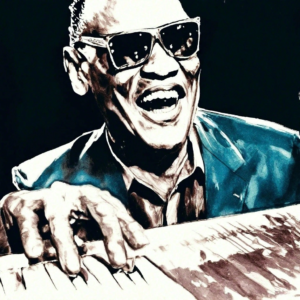
Another hallmark of Ray Charles’ fan engagement strategy was his commitment to giving back to the community and supporting charitable causes. Throughout his career, Charles used his platform to raise awareness and funds for a variety of social issues, including education, healthcare, and civil rights. From benefit concerts and charity events to philanthropic initiatives and community outreach programs, Charles demonstrated a steadfast commitment to making a positive impact on the world beyond the stage.
In addition to his philanthropic efforts, Ray Charles actively encouraged fan participation and creativity through contests, fan art showcases, and other interactive initiatives. By empowering fans to share their own talents and express their appreciation for his music, Charles fostered a sense of ownership and investment in his legacy, ensuring that his impact would continue to resonate with future generations of music lovers.
Ray Charles’ enduring legacy as a cultural icon and musical trailblazer is a testament to the power of fan engagement and community building. Through his genuine connection with audiences, his embrace of new technologies, and his commitment to social responsibility, Charles created a global community united by a shared passion for music and a belief in the transformative power of art. As we celebrate his life and legacy, we are reminded of the enduring bonds that connect us all and the profound impact that one individual can have on the world through the power of music and community.
Conclusion and Reflections
In conclusion, the life and legacy of Ray Charles stand as a testament to the transformative power of music and the indomitable spirit of the human soul. From his humble beginnings in the segregated South to his meteoric rise to fame as a global icon, Charles’ journey is a story of triumph, resilience, and unyielding determination in the face of adversity.
Throughout his illustrious career, Ray Charles broke down barriers, challenged stereotypes, and reshaped the landscape of American popular music. His innovative fusion of gospel, rhythm and blues, soul, jazz, and country paved the way for future generations of artists to explore new avenues of creativity and expression. By transcending traditional boundaries and embracing diversity, Charles inspired millions of listeners around the world and left an indelible mark on the cultural landscape of the 20th century.
Beyond his musical contributions, Ray Charles was also a tireless advocate for social change and equality. Through his activism, philanthropy, and outspoken support for civil rights, Charles used his platform to shine a light on injustice and inspire others to join the fight for a more just and equitable society. His unwavering commitment to social justice serves as a powerful reminder of the role that artists can play in effecting positive change and fostering greater understanding and empathy among people of all backgrounds.
As we reflect on the life and legacy of Ray Charles, we are reminded of the enduring power of his music to uplift, inspire, and unite people across generations and cultures. His timeless recordings and electrifying performances continue to resonate with audiences around the world, serving as a source of comfort, joy, and inspiration in times of uncertainty and strife.
In the words of Ray Charles himself, “Music is powerful. As people listen to it, they can be affected. They respond.” Through his music, Ray Charles touched the hearts and souls of millions, leaving behind a legacy that will continue to inspire and enrich lives for generations to come. As we celebrate his contributions to music and society, we honor the enduring legacy of a true legend and cultural icon.
